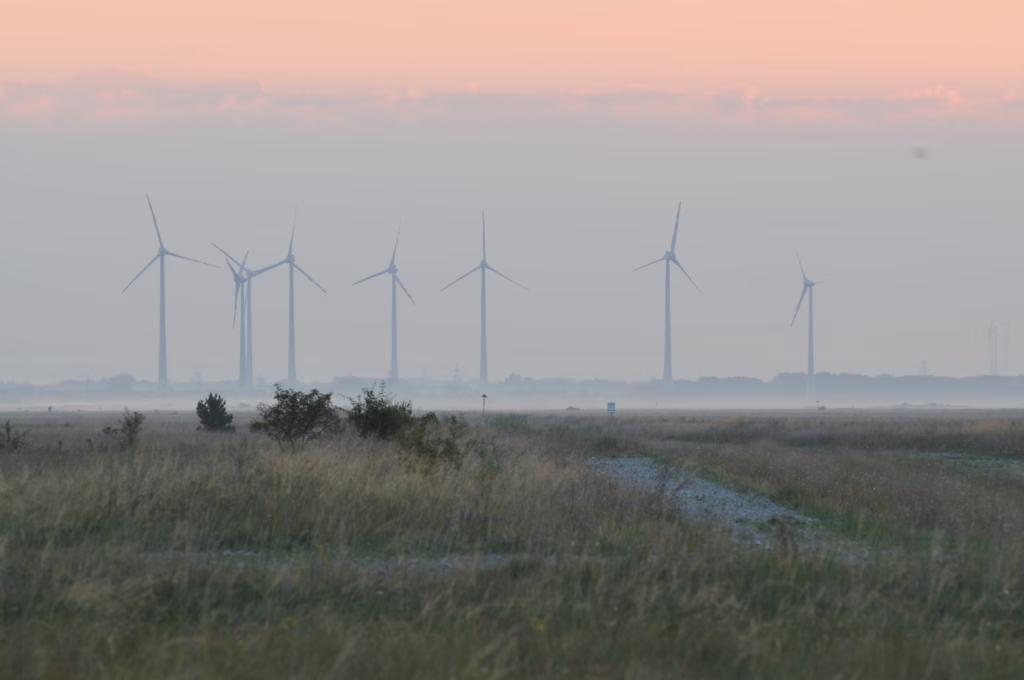Austria can become climate-neutral by 2040 and a net green electricity exporter by 2050.

Austria can achieve a nature-friendly energy transition by 2040, thereby achieving its climate goals, ensuring security of supply, and generating new jobs. This is demonstrated by the current energy scenario "Nature-Friendly Energy Transition (NAWEND)" by WWF Austria and Global2000, modeled by Austrian Power Grid (APG). Key points include the nature-friendly expansion of solar and wind power, an energy-saving initiative, and legally enshrined climate and nature conservation plans. "Intact nature is an important ally in the fight against the climate crisis. Therefore, policymakers must shape the energy transition comprehensively and in a nature-friendly manner. In this way, we will strengthen security of supply, break free from our expensive dependence on foreign oil, natural gas, and coal, and simultaneously protect our natural environment," says Karl Schellmann of WWF.
From import dependence to green net electricity exporter by 2050
The measures proposed by WWF and Global2000 will reduce energy consumption, achieve climate neutrality, and save costs for businesses and households. "The legal framework must now be created to get the environmentally friendly energy transition on track. This includes binding phase-out plans for oil and gas heating systems, comprehensive energy-saving programs, investments in the mobility transition, and the environmentally friendly expansion of renewable energies. This could even make Austria a net green electricity exporter by 2050," says Johannes Wahlmüller of Global2000.
In addition to the environmentally friendly expansion of solar and wind power, the NAWEND scenario also requires an energy-saving initiative. This means, for example, better building insulation, a shift from private transport to public transport, and a switch to renewable energies in energy-intensive industrial sectors. The measures proposed by WWF and Global2000 would reduce energy consumption in the mobility sector by 72 percent, in the building sector by 40 percent, and in industry and the energy sector by 14.5 percent by 2050. Every ton of CO₂ saved also counts at the EU level: If Austria fails to meet its climate targets, billions in emission certificates will have to be purchased as compensation. A successful energy transition avoids these expenses and creates scope for investments in the future.
As another key element of an environmentally friendly energy transition, WWF and Global2000 are calling for legally enshrined climate and nature conservation plans. Unbridled land use, in particular, remains a major problem in Austria. Undeveloped and intact natural areas must therefore be better protected without delay. This, too, makes a key contribution to achieving climate goals. "With an economical, renewable, and environmentally friendly course, we can make Austria more independent, secure, and sustainable," say WWF and Global2000.
methodology
For the scenario calculation, APG provided the calculation tool, which was populated with assumptions from WWF and Global2000. The assumptions range from energy consumption to energy conversion and energy supply. APG's position cannot be derived from the information provided.
